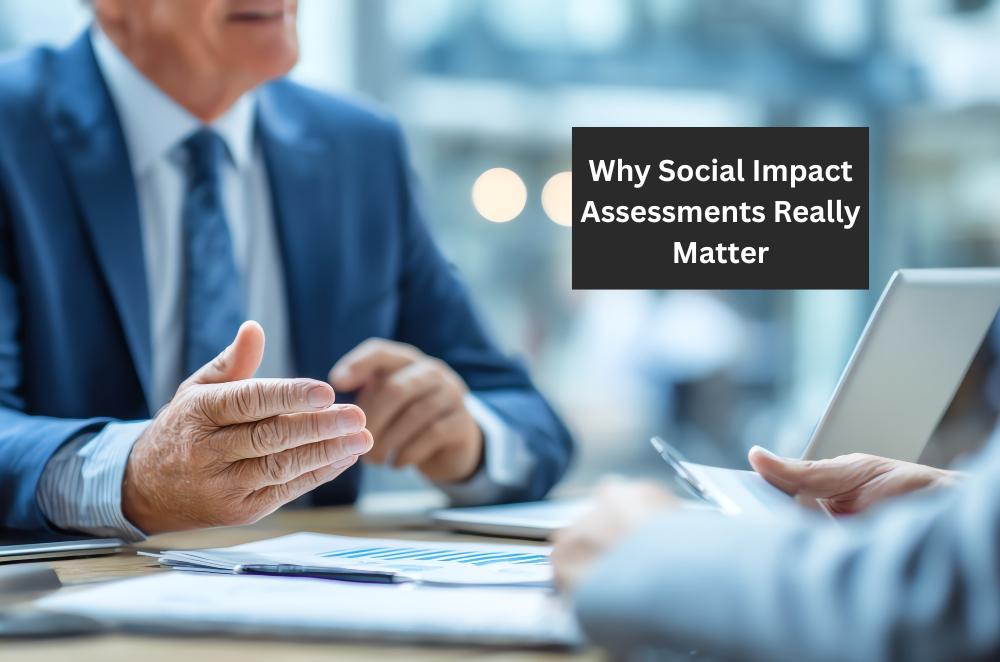Why Social Impact Assessments Really Matter

Communities evolve through development, but progress often comes with costs that never appear on spreadsheets. That’s why NSW social impact assessment matters more than it sounds. It weighs who gains, who’s sidelined, and what that feels like on the ground. Not just jobs and dollars; also belonging, safety, and time. The process turns vague worries into evidence, so decision-makers can do more than guess. It also surfaces opportunities we’d otherwise miss: small design fixes, fairer access, better timing. Done properly, assessments stop harm before it lands and help benefits stick. In short, they make big choices human, practical, and defensible. They also travel well between projects. Less waste, fewer regrets.
How does community input influence outcomes?
Community input influences outcomes by adding local knowledge that changes priorities and design details. Ask early, and problems surface before they flare. When residents speak plainly about daily life — school runs, shift work, cultural events — design choices shift from abstract to practical.
-
Early listening spots social risks before escalation
-
Local stories sharpen priorities and trade-offs
-
Clear feedback notes what changed and why
-
Shared ownership lowers resistance during delivery
Engagement done well isn’t a box-tick; it’s a feedback loop. Publish what you heard, show what changed, invite another round. That rhythm builds credibility and reduces late-stage surprises. Publishing results through community impact reporting tools keeps everyone honest and shows whether voices actually moved the dial.
What tools make assessments more transparent?
Transparent assessments use tools that make reasoning visible. People should see how evidence turns into decisions. Maps that layer demographics with journey times, summaries beside technical reports, and open dashboards that track commitments — these all help
-
Dashboards track promises against milestones
-
Public methods reduce guesswork and suspicion
-
Independent reviews test assumptions and bias
Independent peer reviews add a circuit-breaker when interests collide. Most of all, timelines and responsibilities need names, not acronyms. If the community can’t trace who’s doing what, trust fades.
Why is tracking long-term impacts essential?
Tracking long-term impacts is essential because social effects keep unfolding after the ribbon is cut. Some benefits grow; others appear late and painful.
Ongoing monitoring shows whether commitments still fit reality — housing stress, commute times, access to green space, and the feel of main streets at night. When numbers shift, so should the plan. Build in check-ins at one, three, and five years, with the budget to act on findings. That’s how assessments move from a moment in time to a living obligation, one that keeps communities at the centre rather than at the edge.
Conclusion
Social impact assessments aren’t just about compliance — they’re about ensuring development strengthens communities rather than undermining them. As property growth and town planners shape the pace and pattern of change, these assessments help reveal who benefits and who bears the cost. By involving the public, using transparent tools, and committing to long-term measurement, assessments turn progress into something people can trust. They keep wellbeing at the centre of planning, proving that growth is meaningful only when it serves those who live with it.
- Art
- Causes
- Crafts
- Dance
- Drinks
- Film
- Fitness
- Food
- Jocuri
- Gardening
- Health
- Home
- Literature
- Music
- Networking
- Alte
- Party
- Religion
- Shopping
- Sports
- Theater
- Wellness




